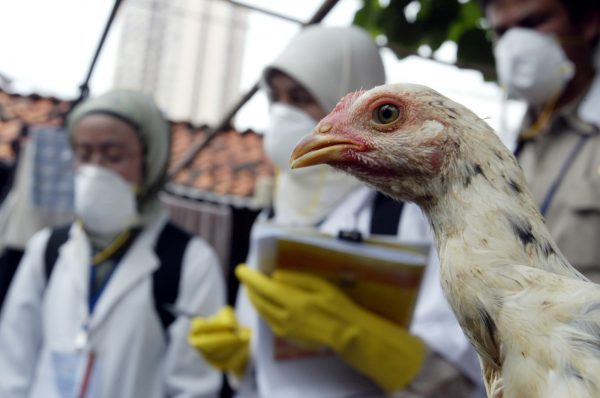Less well known is that chickens and pigs were also domesticated in Asia and that livestock continue to play a key role in its cultures and economies. According to the United Nations International Children’s Emergency Fund, access to animal-source food for women and children is also important to achieving good health and nutrition. The organisation states that in Southeast Asia, complementary diets are usually rice-based and tend to contain small amounts of animal-source foods. This limits access to quality protein and micronutrients — which contributes to long-term negative health outcomes.
In 2023, animal-source food in Asia is procured from multiple sources, including the more traditional extensive production systems — for example, backyard chickens in most countries and pastoral grazing of ruminants and camels in Central and South Asia. It is also sourced from highly intensive pig and poultry production, small-scale stall-fed dairy cattle systems and the importation of powdered milk and frozen meat products.
Each animal-source food supply chain is facing challenges, which have been exacerbated by the increased frequency of extreme weather events and the long shadow of the COVID-19 pandemic.
The COVID-19 pandemic highlighted the impact of zoonotic disease — infectious diseases that pass from animals to people — on health security. It also consumed huge portions of national budgets, which further impacted resources available to control other diseases in humans, animals and plants.
The chronic lack of funding for national veterinary services and a failure to tailor disease control responses to specific livestock production systems has contributed to the persistence of diseases such as avian influenza in the region.
The current focus on the spread of foot and mouth disease (FMD) in Indonesia has been two decades in the making. But the FMD outbreak in Indonesia is just the latest consequence of inadequate resourcing of biosecurity agencies and frontline actors, including farmers, in the region that have resulted in the spread of African swine fever, highly pathogenic avian influenza, rabies, fall armyworm and cassava mosaic virus.
In order to effectively manage the threats posed by pests and disease, countries, regions and economic groupings are increasingly promoting a One Health approach. One Health is ‘an integrated, unifying approach that aims to sustainably balance and optimize the health of people, animals and ecosystems’. A key principle of One Health implementation is achieving ‘equity between sectors (e.g., those responsible for human health, animal health and environment health) and disciplines’. To do this, high-level government coordination through bodies such as Ministries of Planning and Finance is essential.
Going forward, the projected growth in demand for animal-source food in Asia must be balanced with the global need for sustainable, safe food systems. This is especially in relation to infectious disease prevention, greenhouse gas emissions and the loss of biodiversity. Livestock production systems and value chains must evolve with increasing adoption of circular and sustainable bioeconomy principles and a functional One Health approach to infectious disease prevention and control.
Achieving the transformation of food systems and landscape management practices requires a whole-of-government approach that aligns with appropriate regional and global biosecurity guidelines.
The consultative approaches required to deliver this transformation are underway. The Food and Agriculture Organization of the United Nations is developing a Progressive Management Pathway for Terrestrial Animal Biosecurity. The Quadripartite of the Food and Agriculture Organization, the United Nations Environment Programme, World Health Organization and the World Organisation for Animal Health have launched the One Health Joint Plan of Action 2022–26. ASEAN is also currently developing a One Health Initiative.
For these consultations to deliver viable solutions, it is crucial that an inclusive, participatory approach be employed. This includes consulting diverse livestock producers and their associations as well as helping cover key production systems and associated value chain participants.
Robyn Alders is Honorary Professor at the Development Policy Centre, ANU, and Senior Consulting Fellow at Chatham House.


I think inclusive participatory approach be employed in disease control options, and proper value chain development are crucial for the sustainability of the sector.
Thanks Dr Soshe for your comment. I agree!